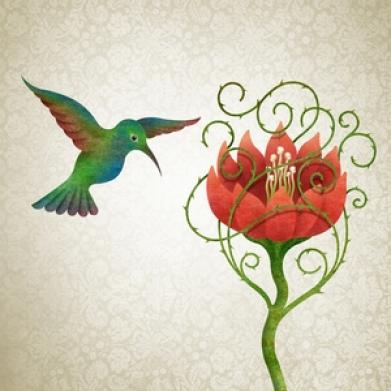For the Love of Bucket Lists

In Nicholas Sparks’s A Walk to Remember, a virginal Jamie Sullivan has only a few years left to live. After much cantanker and conflicting interest, bad boy Landon falls in love with her, and she—after a time—reciprocates. Over the remainder of the narrative, the purity and power of her love calls forth his ambition and retunes his moral compass. The role of ambition in their love is explored through the conceit of Jamie’s bucket list.
Much of their courtship centers around this bucket list. In the film adaptation, Landon (played by mega-hunk Shane West) makes Jamie (played by a pale and angelic Mandy Moore) feel special by applying a temporary tattoo of a butterfly to her shoulder, so she can check off “get a tattoo” from her list. (Although—not really Landon, ugh.)
The characters make it through the obstacle course of their circumstances and personal differences and find love. They cross the nuptial finish line, thereby crossing off Jamie’s #1 bucket list item: to marry in the church where her mother and father wed. They spend a brief hiatus in bliss, then (spoiler alert!) Jamie dies, leaving Landon bound for medical school and sad, though he has experienced “more love than most people know in a lifetime.”
I was fourteen years old when the movie came out. My family lived in a very Baptist, and very white, suburb, and ohmygod Mandy Moore was the coolest. I was crushed by her character’s death, inspired by the love story, and—being fourteen and tremendously unsure of myself at all times—began to deliberately incorporate parts of Jamie Sullivan’s persona into my own. I’d already been taking singing lessons for many years, so, there was that. I was not religious, but set about fixing that by attending youth group events that I normally declined invitations to. I tried my damnedest to feel sincere while I held my hands up at the Lord and watched everybody else rapturously writhe to the acoustic worship songs (sometimes I did feel something). And I made my first bucket list.
Of the aspects of Jamie’s archetype that I absorbed, the bucket list was the only thing that stuck for any meaningful duration of time. I kept and tended to a bucket list from fourteen until about twenty-four, when I left the physical copy of my list packed away in my mother’s garage along with other keepsakes, and moved to Asia.
Of the list items on my first bucket list, I have a hunch that I will never cross off “sing the national anthem at a large sporting event” or “cuddle a tiger.” Actually, the first several iterations of my bucket list included an entire section dedicated to animals that I wanted to pet, cuddle, or hang out with. Now that I’ve learned how heavily sedated the tigers are in many of the places where it is possible to pet one, that particular goal has gone stale.
And I suppose that’s my point: for me, my bucket list items have a way of cancelling each other out. I wanted to live overseas, and did, and the experience shifted my ambitions for property and pet ownership. Some dreams lose their vitality as their opportunity costs gain scope and detail.
Several iterations of my bucket list featured other subsidiary lists, such as a retrospective list of cool places that I’d hooked up, a list of required qualities for a boyfriend, or a list of books I had read (thanks to Goodreads for providing a platform for this one). I’ll probably always list—whether for fond remembrance or utility—but the amorphous monikers of “what I want” have been consigned to the smoke of my thoughts, for now.
Eventually, I stopped being afraid that I would forget how I want to live my life if I didn’t write it down. Bucket listing became less fun, so I’ve relegated my ambitions to ephemeral forms. To look at a list of dead goals—whether crossed off or otherwise deflated—just isn’t the pure, ravenous amusement that it used to be. But maybe the bucket list will come back, someday. Most great lovers do.
Jessica Morey-Collins is currently working on an MFA at the University of New Orleans. Her poems can be found in the North American Review, Vinyl Poetry, Metazen, ILK Magazine, and elsewhere. Jessica is featured in the North American Review issue 299.1,Winter 2014.
First two illustrations are done by Vlad Alvarez. Vlad was born and raised in El Salvador, Central America. In 1992, he came to the U. S. and lived in Los Angeles before moving to Pennsylvania. He attended Tyler School of Art in Philadelphia and graduated in 2005 with a BFA in Graphic Design and Illustration. The image was originally created for Inside Counsel Magazine.
The third illustration is done by Justin Perkins. He graduated from College for Creative Studies. A freelance illustrator and designer, he teaches art in Detriot. Justin’s first illustration for the North American Review appeared in issue 298.4.
Recommended
Nor’easter
Post-Op Appointment With My Father
Cedar Valley Youth Poet Laureate | Fall 2024 Workshop






